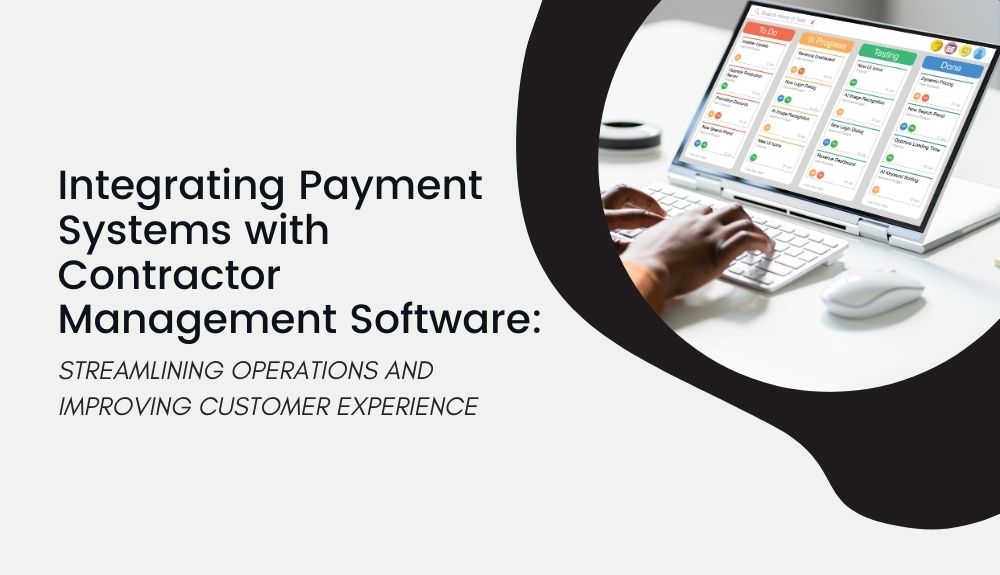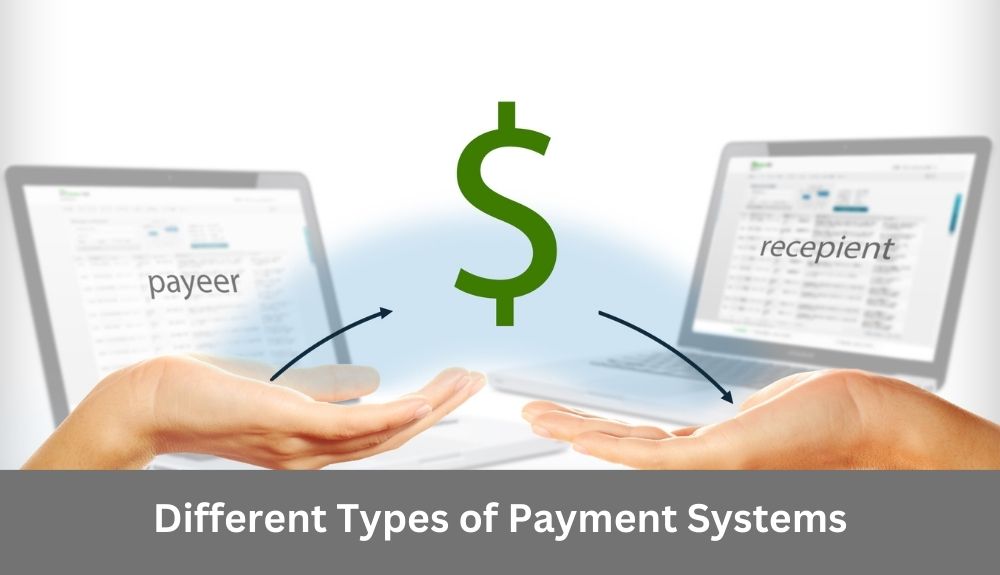
By alphacardprocess February 19, 2024
Introduction to Contractor Management Software
Are you tired of juggling multiple software platforms and manual payment processes in your contracting business? Streamlining operations and enhancing customer experience are crucial for success in the competitive field of contractor management. Integrating payment systems with contractor management software can be a game-changer, offering efficiency and convenience like never before. Let’s explore how this integration can revolutionize your business operations!
Importance of Payment Systems in Contractor Management
Contractor management is a complex process that involves coordinating schedules, tracking project progress, and ensuring quality work. One crucial aspect of this process is managing payments efficiently. Payment systems play a vital role in contractor management by facilitating seamless transactions between contractors and clients.
With the right payment system in place, contractors can easily send invoices, track payments, and receive funds promptly. This not only streamlines operations but also improves cash flow for both parties involved. Additionally, automated payment systems help eliminate manual errors and reduce the risk of late or missed payments.
By integrating payment systems with contractor management software, companies can enhance transparency and accountability in their financial transactions. Clients can make secure online payments, while contractors can easily monitor their earnings and expenses in real-time.
Having an efficient payment system integrated into contractor management software is essential for optimizing workflow efficiency and boosting customer satisfaction.
Benefits of Integrating Payment Systems with Contractor Management Software
Integrating payment systems with contractor management software brings a plethora of benefits to businesses. It streamlines the entire payment process, making it more efficient and error-free. This leads to quicker payments to contractors, improving cash flow for both parties involved.
Moreover, integrating payment systems allows for seamless tracking and reconciliation of payments within the contractor management software itself. This eliminates the need for manual data entry and reduces the chances of errors or discrepancies in financial records.
Additionally, having integrated payment systems enhances transparency and accountability in financial transactions between companies and contractors. With real-time visibility into payment status and history, all parties can have better control over their finances.
Furthermore, by automating the invoicing and billing processes through integration, businesses can save valuable time that would otherwise be spent on administrative tasks. This enables them to focus more on core operations and delivering quality services to clients.
In essence, integrating payment systems with contractor management software is a game-changer for businesses looking to optimize their financial processes efficiently while enhancing relationships with their contractors.
Different Types of Payment Systems

When it comes to payment systems for contractor management software, there are various options available to streamline transactions efficiently. One common type is credit card payments, allowing contractors to pay quickly and securely online. Another popular choice is ACH transfers, enabling direct bank-to-bank transactions for seamless financial operations.
E-wallets like PayPal or Apple Pay are also gaining traction in the industry, offering convenience and flexibility for both contractors and clients. Mobile payment solutions provide on-the-go payment capabilities through smartphones or tablets, catering to the needs of a mobile workforce.
Moreover, recurring billing systems automate regular payments for ongoing contractor services without manual intervention. Virtual terminals enable secure card-not-present transactions over the phone or online, enhancing customer experience by offering multiple payment channels.
By understanding the different types of payment systems available, businesses can choose the most suitable option that aligns with their operational needs and customer preferences.
Challenges and Solutions for Integrating Payment Systems
Integrating payment systems with contractor management software can come with its fair share of challenges. One common obstacle is ensuring compatibility between the different platforms being used. This can lead to technical issues and data discrepancies if not addressed effectively.
Another challenge is the need for robust security measures to protect sensitive financial information during transactions. Data breaches and fraud are serious risks that must be mitigated through encryption protocols and regular system updates.
Furthermore, managing multiple payment gateways within the software can add complexity to the integration process. Streamlining these systems to work seamlessly together requires careful planning and coordination.
To overcome these challenges, businesses should invest in reliable integration tools that offer customization options and ongoing support. Regular testing and monitoring of the integrated system are also essential to identify any issues early on.
By addressing these challenges proactively, businesses can optimize their operations and provide a seamless payment experience for both contractors and customers alike.
Best Practices for Implementing an Integrated Payment System
When it comes to implementing an integrated payment system within your contractor management software, there are some best practices to keep in mind. Ensure that the payment system you choose is compatible with your existing software and meets the specific needs of your business.
Next, prioritize security by selecting a payment gateway that offers robust encryption and fraud protection measures. This will help safeguard sensitive financial information and build trust with both contractors and customers.
Additionally, streamline the user experience by providing multiple payment options to accommodate varying preferences. Whether it’s credit cards, PayPal, or ACH transfers, offering flexibility can improve overall satisfaction and prompt timely payments.
Moreover, regularly monitor transaction data and performance metrics to identify any issues or inefficiencies in the system. By staying proactive and responsive, you can address any concerns promptly and enhance operational efficiency overall.
Provide comprehensive training for staff members who will be using the integrated payment system so they can maximize its benefits effectively.
Conclusion
Integrating payment systems with contractor management software is a game-changer for streamlining operations and enhancing the customer experience. By automating and simplifying the payment process, businesses can improve efficiency, reduce errors, and boost overall satisfaction levels. With the right integration strategy in place, organizations can optimize their financial transactions while providing a seamless experience for both contractors and customers alike. Embracing technology to integrate payment systems is not just a trend but a necessity in today’s fast-paced digital landscape. Stay ahead of the curve by implementing an integrated payment system that meets your unique business needs and drives success in the evolving contractor management industry.